Manitoba
Manitoba has never been crowded. For millions of years nobody lived there. For thousands of years – only the Blackfeet, the Sauteux and the Sioux. Then there came the explorers and the race of Métis.
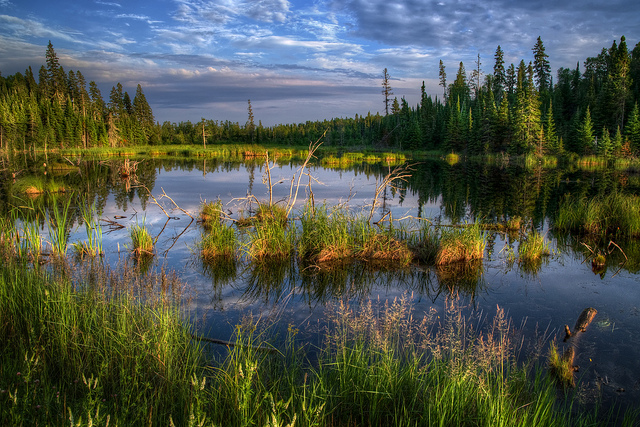
Later, about a hundred and fifty years ago, there came «the Whites» and their inevitable colonization. They, as you can easily guess, took almost everything for themselves, displacing the first inhabitants to the reservations. But the continental plain doesn’t grant shelter or mercy.

Covered with ice for many months, red-hot and dry in summer, only the brave and the bold ones can live there.
However, the pioneers built their homes and villages in this region. They went on more than a half of a century. Living there was a very difficult task and only very large farms managed to survive.
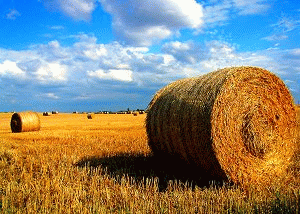
The other ones, all these small villages and houses quickly disappeared after only several generations. My village, the one where I grew up in the 50s has been gradually growing deeper into the ground with each passing year. My grandfather`s and father's houses no longer exist. On a small cemetery, lost among the endless fields, my ancestors are sleeping to the sound of the wind of the Great Prairies.
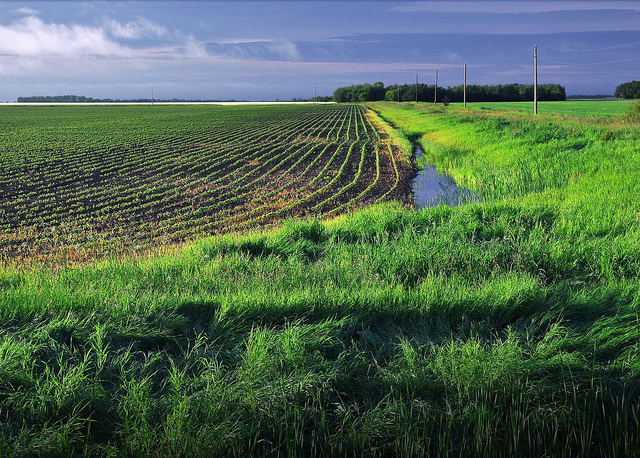
I was fortunate enough to spend wonderful years on this plain. Its twists and hidden corners, its streams and invisible hollows, where the grove of dwarf oaks and a big bunny are hiding, were my adventure country. As children we used to find bison remains and wolf paths there.
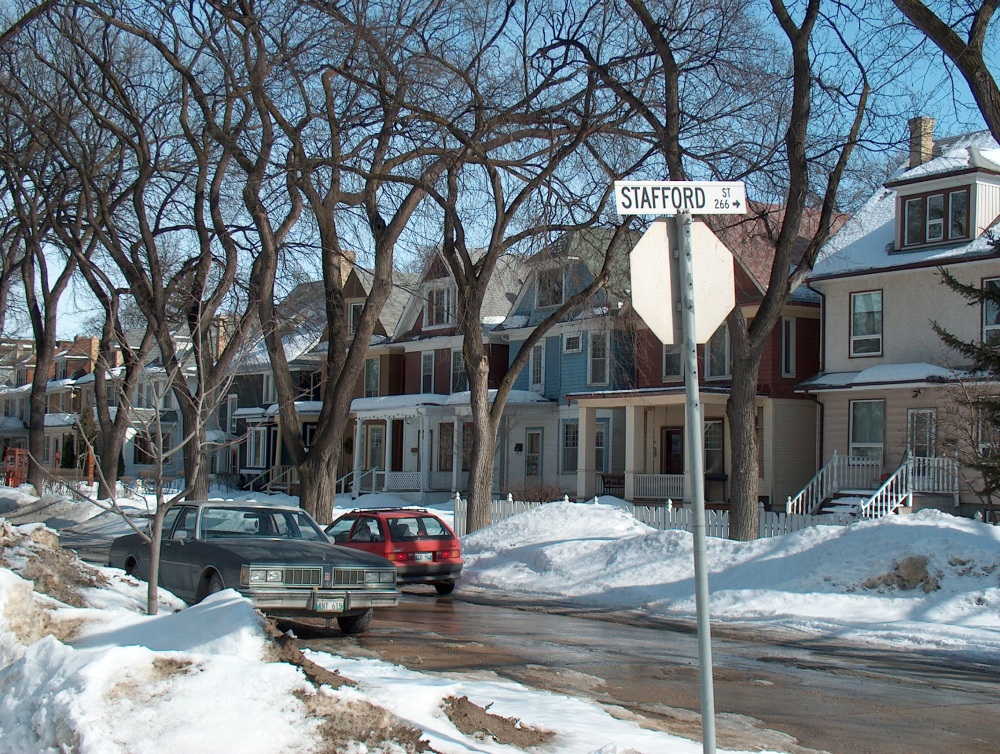
The Great Silence of the desert and the sky… It was the country of light and drought. The air was so clear you could see the huge rain clouds appear like small mushrooms on the horizon to rush upon us later with all the energy of a storm.

Manitoba has not been strongly affected by the modernity. Large agricultural farms plant their seeds and sunflowers hoping there will be enough rains to see them grow, but these farms became huge, while buildings and houses are rare. The plain still remains remarkably unoccupied.
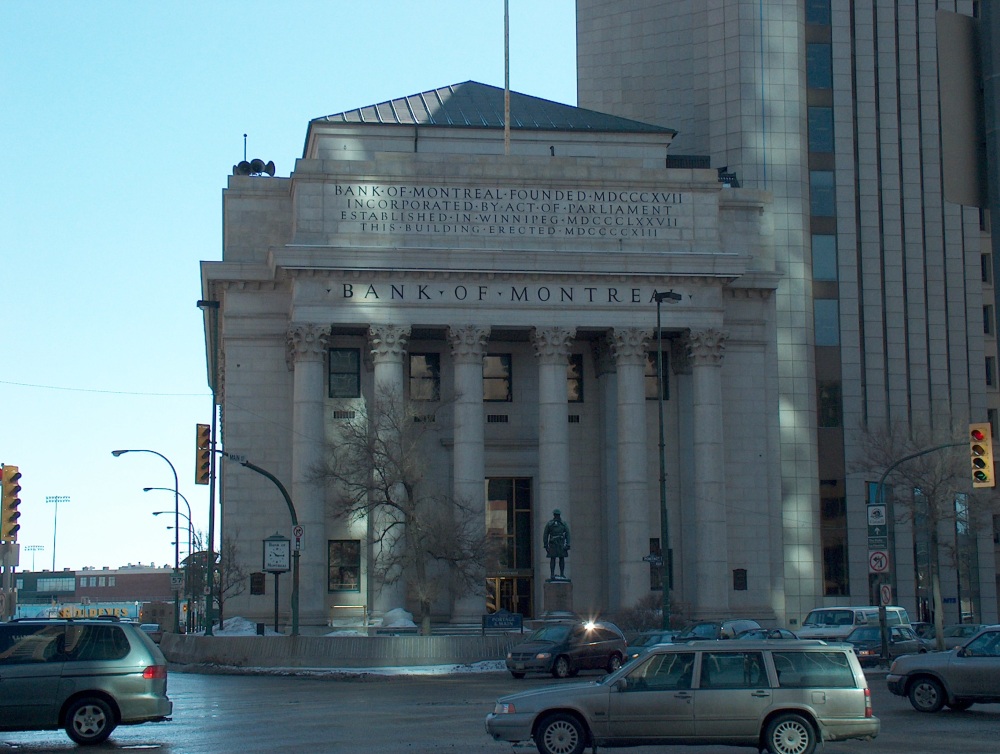
Of course, several big cities are as modern as all the big cities with their ballets, symphonies, and hip-hop. But step away for a few dozens kilometers and the plain again becomes what is has always been: a vast desert landscape where the wind and the eagles don`t rush.
Daniel Lavoie
http://fr.calameo.com/read/00102397079872dca4dcb
MAGISTRAL DÉBUT D'UNE HISTOIRE DU MANITOBA
FRANÇAIS/IT IS THE INSTRUCTIVE BEGINNING OF THE FRENCH MANITOBA`S STORY

The simple mentioning of Louis Riel, Gabrielle Roy and Daniel Lavoie is in the eyes of many enough to ensure that Manitoba has a French history. The archives are full of documents which mention the French-Manitoban reality but there has been a lack of detailed history of the French Manitoba, a lack which Jacqueline Blay began to fill with the publication of "The History of French Manitoba", Volume 1, "Under the Prairie Sky, from the beginning until 1870.
"The second volume will have a title «The time of outrage” and it will look into the events that shook Manitoba in its early years, between 1870 and 1916. Following the example of the first volume, I imagine it will contain geographical maps, photographs, illustrations and an index.
For your information, here are the proposed titles of volumes 3, 4, and 5: "From Gabriellie Roy to Daniel Lavoie», «St.-John’s Eve», «Lord Durham`s heirs».
Jacqueline Blay. «Histoire du Manitoba français», Volume 1, «Sous le ciel de la Prairie, des débuts jusqu'à 1870".
The publisher - Saint-Boniface, Éditions du Blé, 2010



 Creative Work
Creative Work